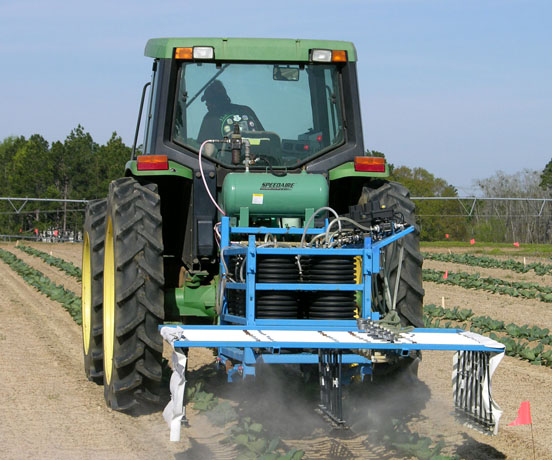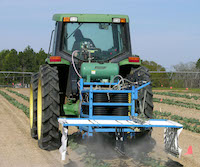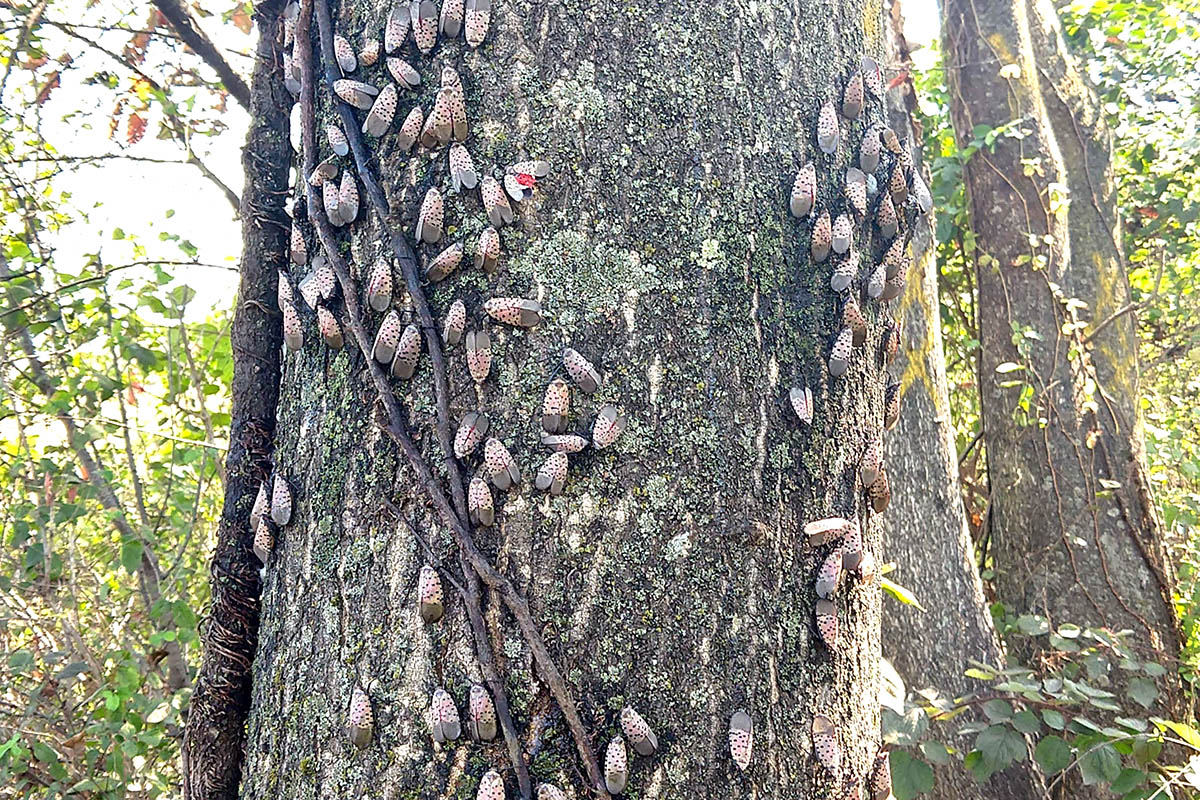Pests such as thrips, whiteflies, aphids, beet armyworm and hornworms can devastate vegetable crops.
Potentially just as harmful, though, is the misuse of pesticides, which can lead to pest resurgence, resistance and risk the environment.
Applying the proper amount of each chemical is key to sustaining vegetable productivity in Georgia, according to University of Georgia College of Agricultural and Environmental Sciences entomologist David Riley.
“Everybody is concerned about insecticide use but for different reasons,” said Riley, a researcher on the Tifton campus. “On the growers’ side, they’re looking at the price of the product. It’s expensive. They want to maximize the use of their product and get the most efficient use out of it.”
On the other hand, the insecticide companies don’t want farmers to overuse their products because they are concerned that insects will become resistant. When that happens they’ll have to go back to the drawing board and spend money engineering new chemicals.
These concerns led to Riley’s research into insecticide resistance in pests like whiteflies.
Insecticides are an expensive tool that farmers are forced to use. Riley estimated insecticide applications cost $27 million a year — close to three percent of the value of Georgia’s vegetable production value in 2009. However, the chemical treatments applied protect one-third of the vegetable crop’s value, amounting to $302 million in state vegetable revenue.
Riley studies insecticide use as part of the UGA Vegetable Entomology Project. The goal is to help farmers reap the maximum benefit from investment into pesticides. In collaboration with various chemical companies, the project’s researchers conduct pest control studies annually. The experiments test the efficiency of pesticides on cabbage, collard, cantaloupe, cucumber, tomato, pepper, onions, squash and watermelon.
He is working to find a middle ground that appeases the concerns of chemical companies and farmers.
“We’re just basically trying to find a happy medium where you alleviate a lot of your environmental concerns, you alleviate a lot of your concerns about, ‘Am I affecting my bees (and) pollinators? Am I keeping my productivity to a level I can live with?’” Riley said.
There is no simple answer to this dilemma, Riley said. Using as much pesticide as a farmer can afford is bound to diminish the chemical’s effectiveness, put pollinators in danger and diminish the farmer’s future yields. Abandoning all pesticide use, though, may slash farmers’ productivity to below a break-even point.
“I think what we’re looking at is that hard place in the middle where you try to figure out, ‘How do I use the things I need to use, the minimum use to get the maximum benefit?’” Riley said.
As part of the vegetable entomology project, an effort is under way to find corrective measures in controlling cowpea curculio in southern peas. No products currently exist that can control the pest’s devastating impact which led to the collapse of pea production a couple of years ago.








